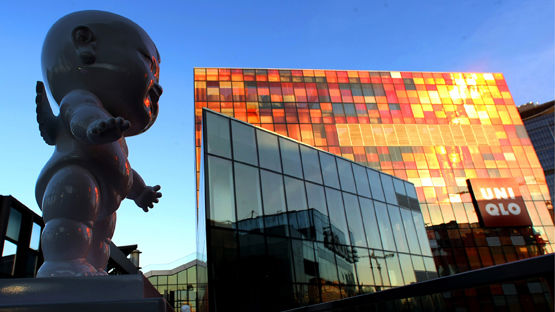Where In the World Are They Teaching Design Thinking?
n

Over the past 12 months, the whole notion of “design thinking” has come into vogue. Not only are there entire books devoted to “design thinking” – like Tim Brown’s Change By Design or Roger Martin’s The Design of Business – there are also a proliferating number of educational institutions that are combining business thinking with design thinking to create next-generation “D-Schools”. With that in mind, Tyler Brûlé’s Monocle recently tracked down four of the leading establishments in the world that are spearheading the design thinking movement:
(1) Strelka Institute (Moscow) – The institute teaches a one-year master’s course, designed by legendary architect Rem Koolhaas, that focuses on five core areas: preservation, energy, public space, design and urban thinking. Strelka itself is housed in the old “Red October” chocolate factory overlooking the Moscow River.
(2) Aalto-Tongji Design Factory (Shanghai) – This new design school, set up by Finland’s Aalto University, partners Tongji University students in industrial design, engineering and urban planning graduate programs with Aalto design students in Finland to work on real-life design projects for Finnish companies.
(3) Stanford d.school (Palo Alto, California) – This is perhaps the world’s most famous “design thinking” school, and has already been touted by none other than Steve Jobs of Apple
(4) Akiyama Mokko (Yokohama) – Part design school, part boot camp, and part trade schoool, Akiyama is rooted in Japan’s centuries-old tradition of artisans passing on their knowledge and skills to youngsters who devote years to learning a craft.
What’s interesting, of course, is that “design thinking” is no longer a purely Western concept – it’s being embraced by emerging markets such as Russia and China as a tool of economic competitiveness. In fact, also within the current issue of Monocle is a wonderful piece on how Mikheil Saakashvili, President of the former Soviet republic of Georgia, is importing architectural talent from Milan as a way of changing the Tbilisi skyline and, in the process, laying the groundwork for updated Western conceptions of Georgia as an investment destination.
via: Monocle
n





